Valve hardcoded 64-tick rate to CS2 on Sept. 13, according to dataminer and SteamDB founder Pavel Djundik.
If this is true, even FACEIT servers won’t be able to run on 128-tick rate until Valve reverts this setting. This change comes with several other settings updates that Valve issued on the Sept. 13 patch, like removing custom “cl_interp ratio” and “cl_interp” commands, which players thought was helping to reduce lag spikes but was apparently all placebo.
The 64-tick rate vs. 128-tick-rate debate has existed for years, leading to players migrating to FACEIT or other third-party matchmaking services during CS:GO‘s 11-year life cycle. The official Valve servers run on 64-tick rate, while these platforms use 128-tick rate servers, which every professional player says makes the game better.
A lot of people in the community have been claiming CS2 feels off because Valve still uses 64-tick rate servers. After FACEIT created its first CS2 servers last week and supposedly ran the game on 128-tick rate, professional players instantly said FACEIT servers are better as they feel their shots connect and movement isn’t as clunky as it is in matchmaking.
While part of the community is upset with Valve for seemingly hardcoding 64-tick rate to CS2 moving forward, the developer had good reasons to do this. The game is still in beta and players can’t help the developers to properly fix the game if they keep inserting custom rates or playing the game on a different tick rate, instead of using default settings.
Third-party matchmaking services like FACEIT also keep the playerbase split at a moment Valve could use feedback, especially from professional players. If FACEIT can no longer run CS2 servers on 128-tick rate, people will likely only play CS2 Premier, which is in Valve’s best interests.


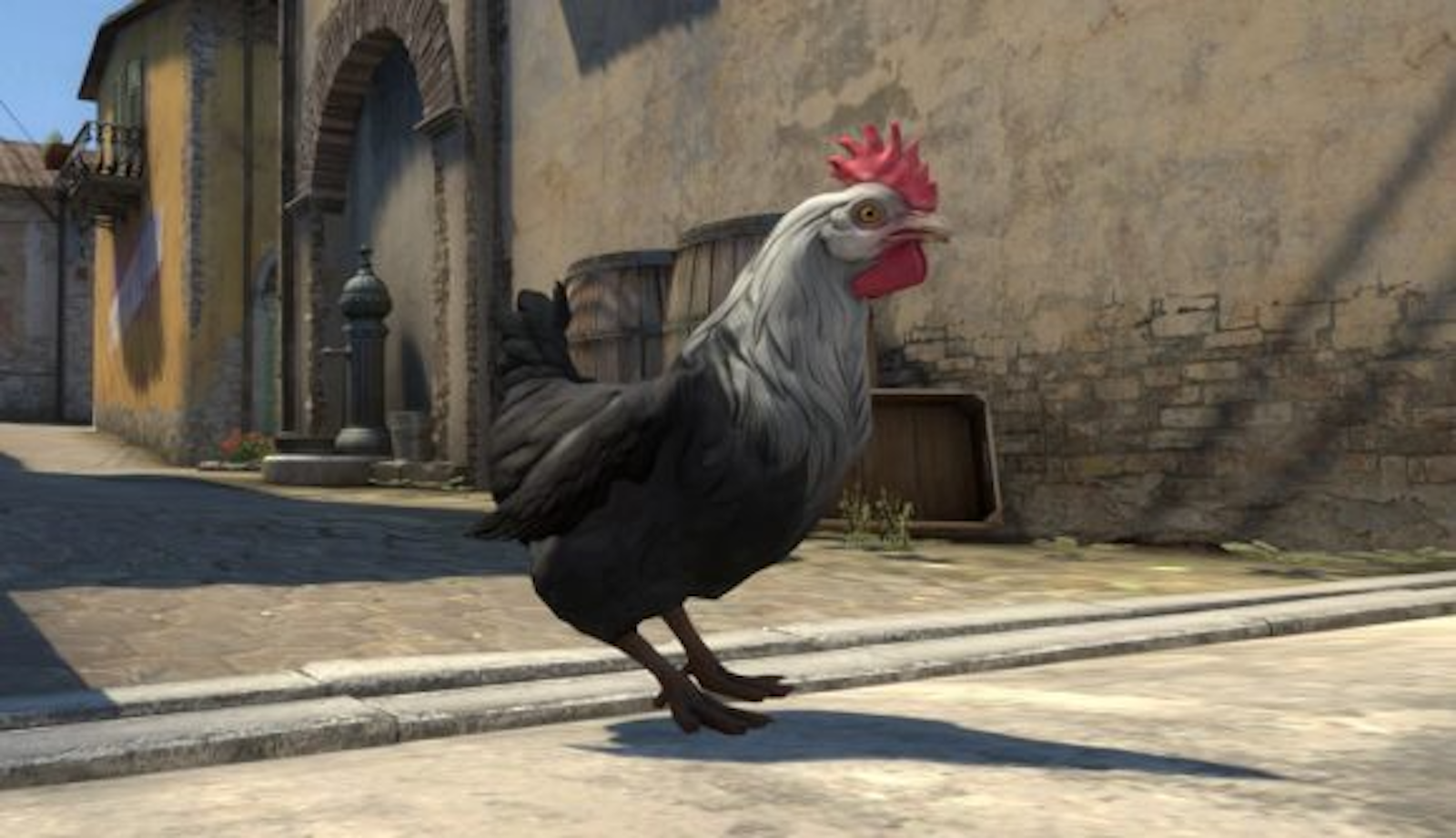

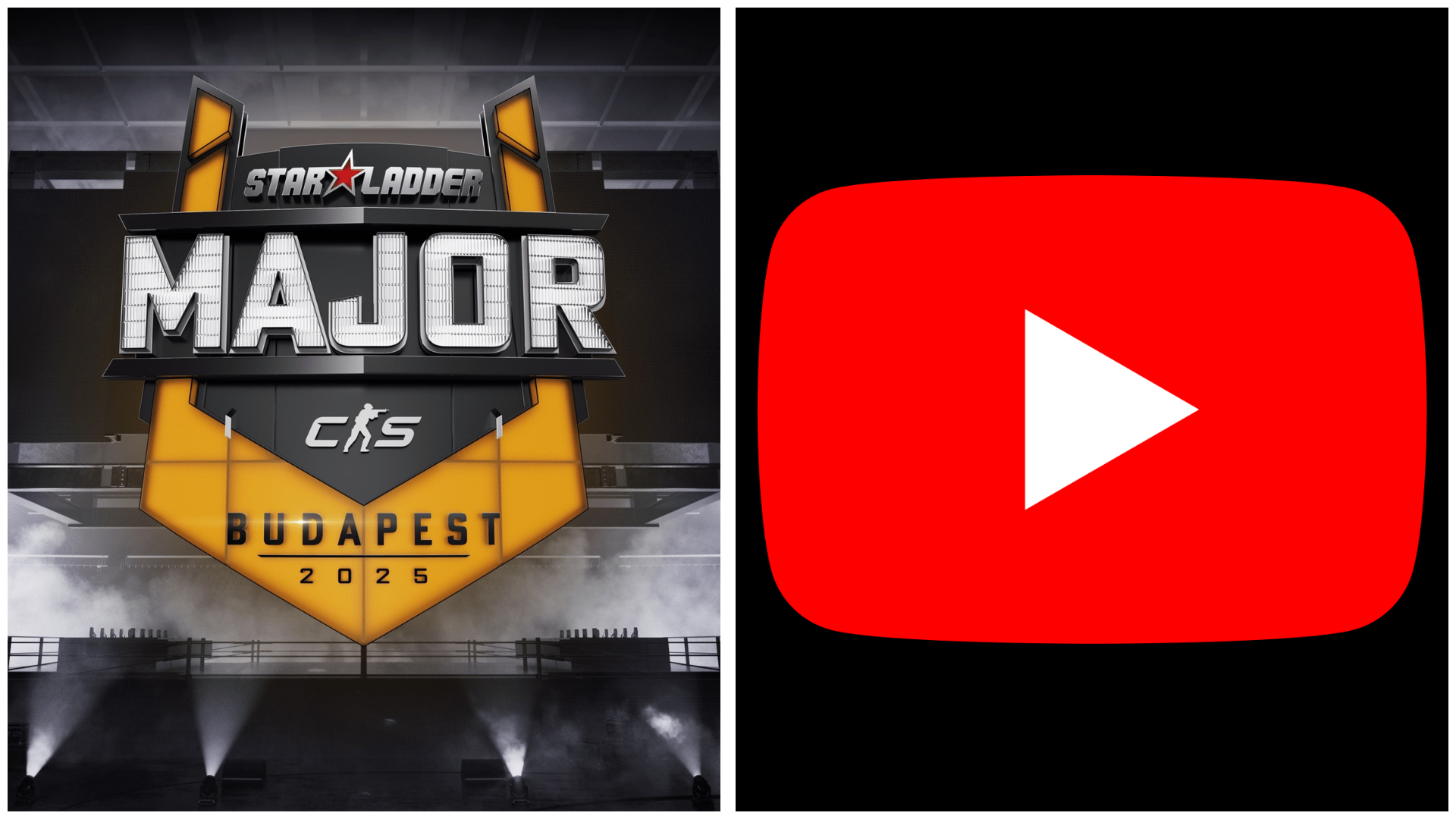
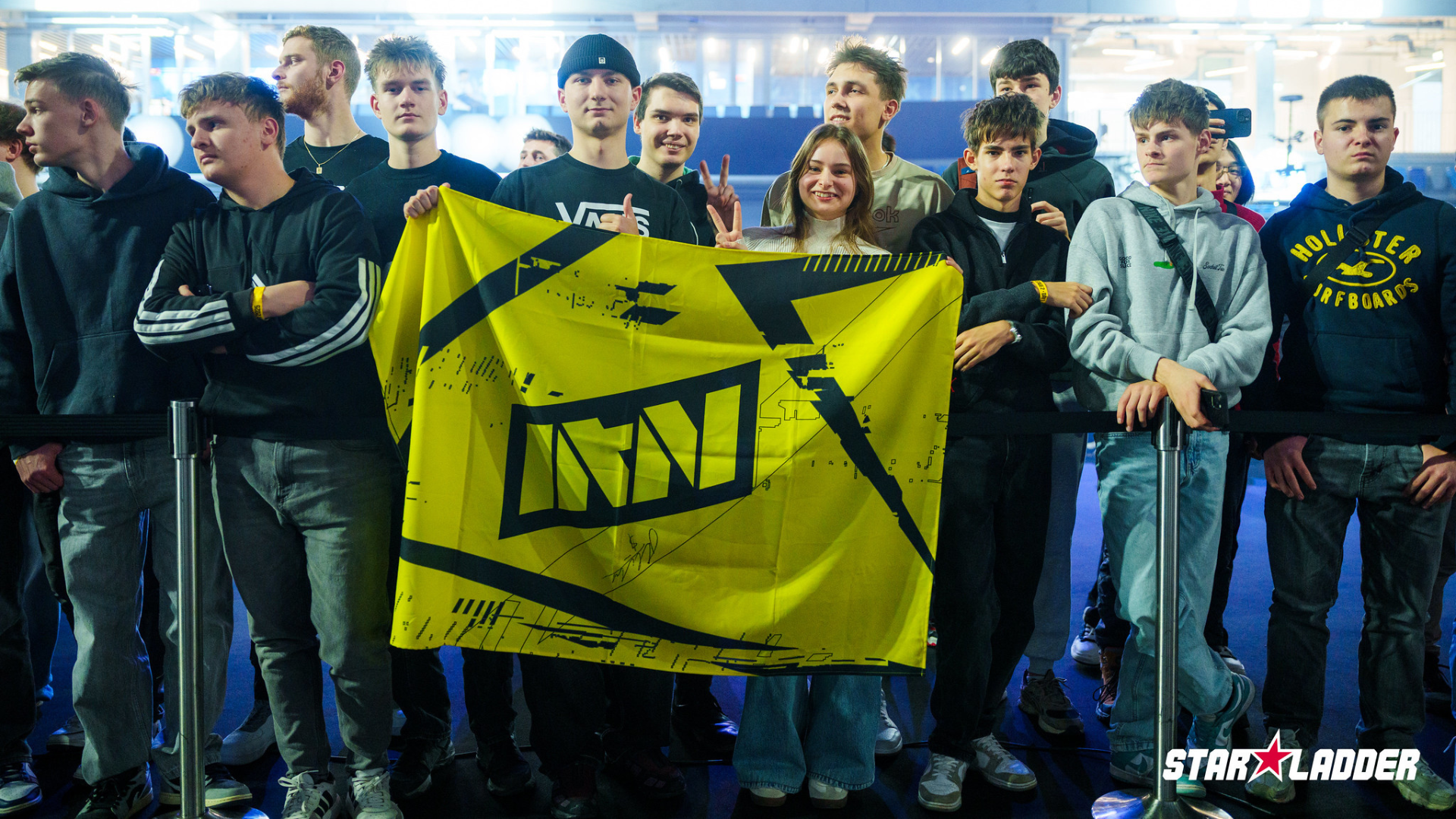
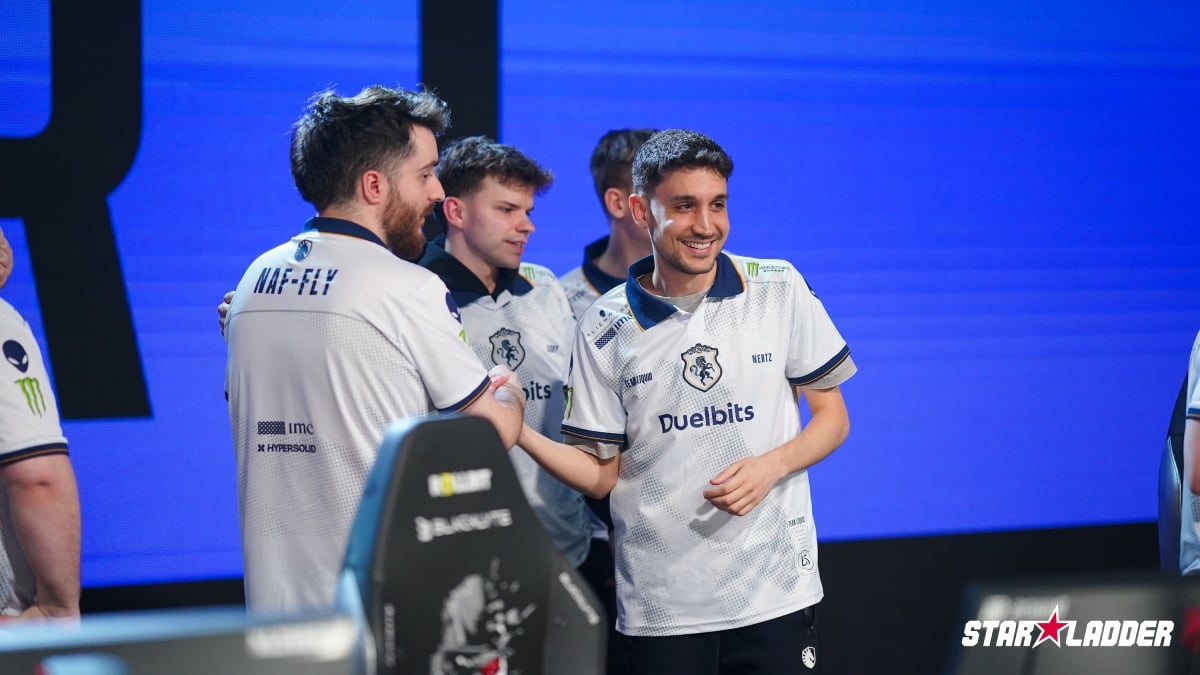
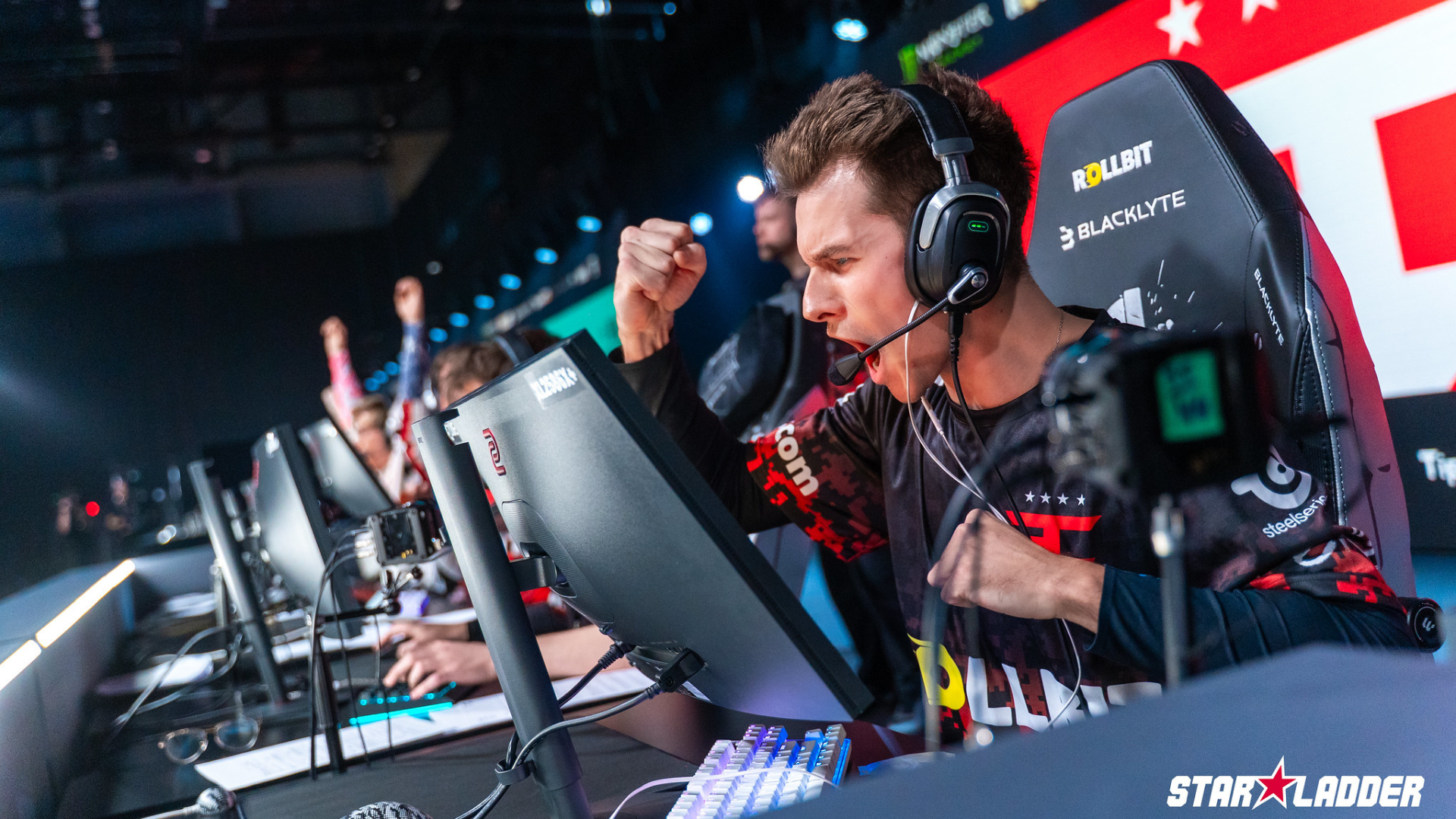
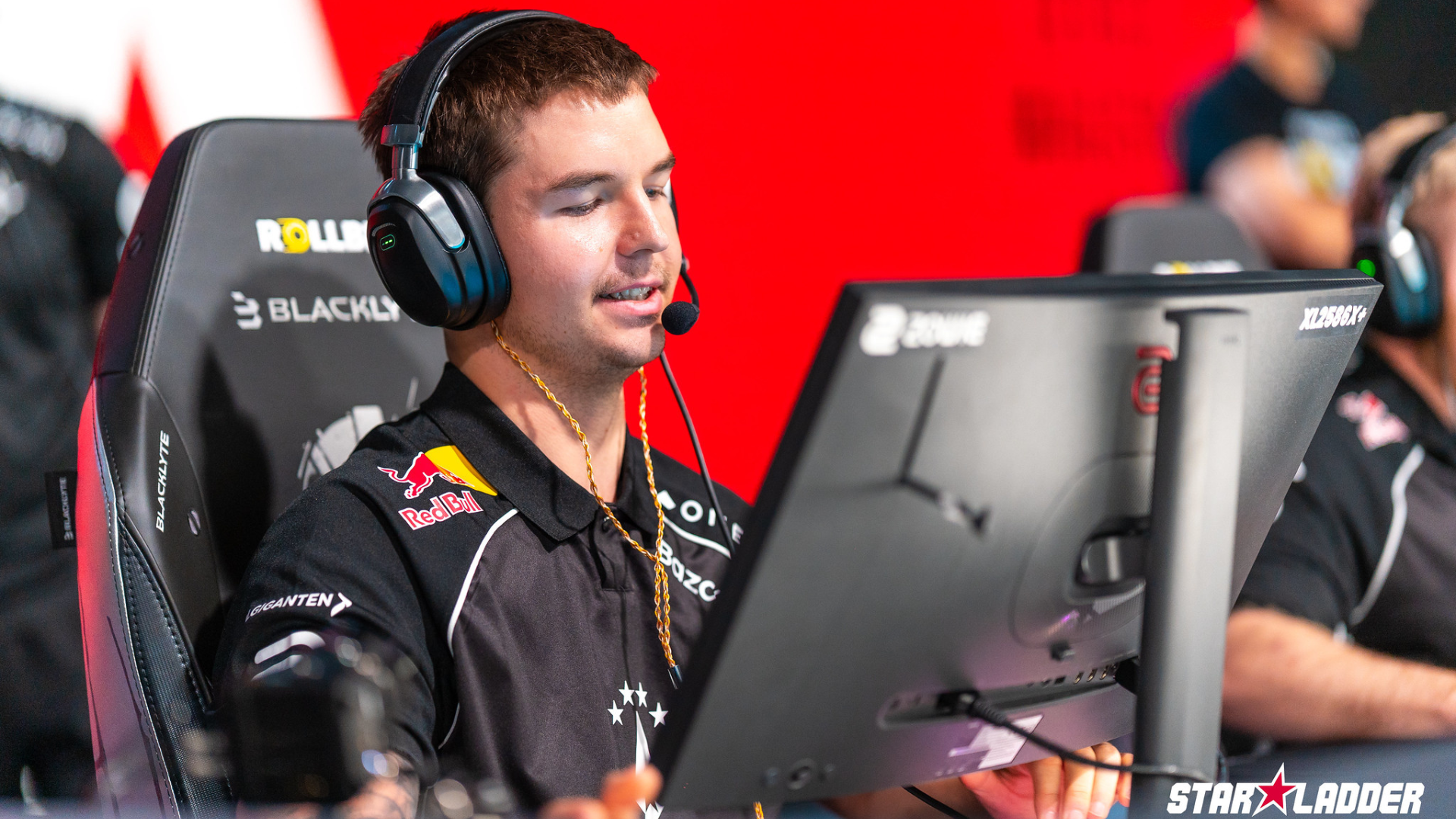
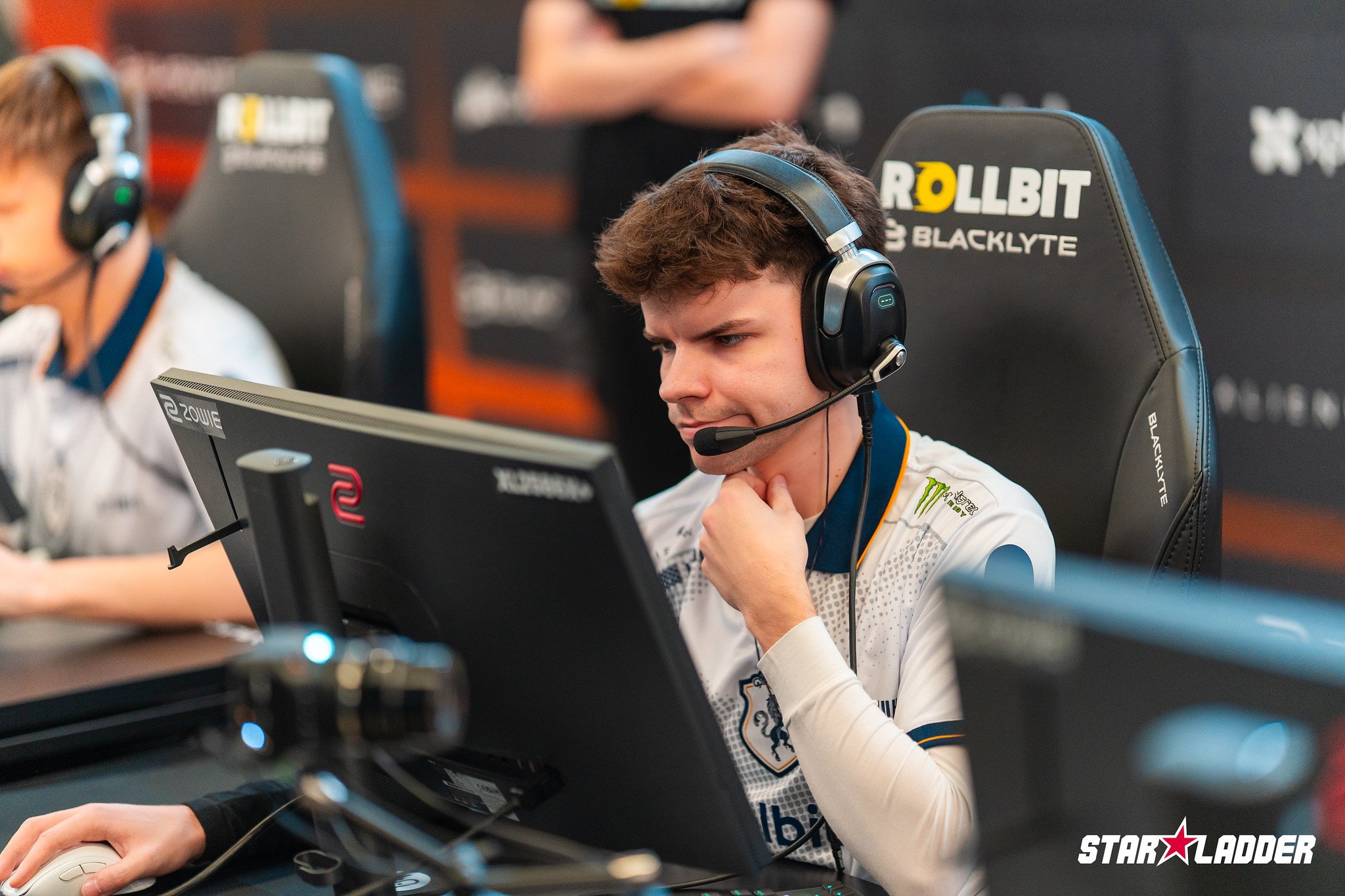

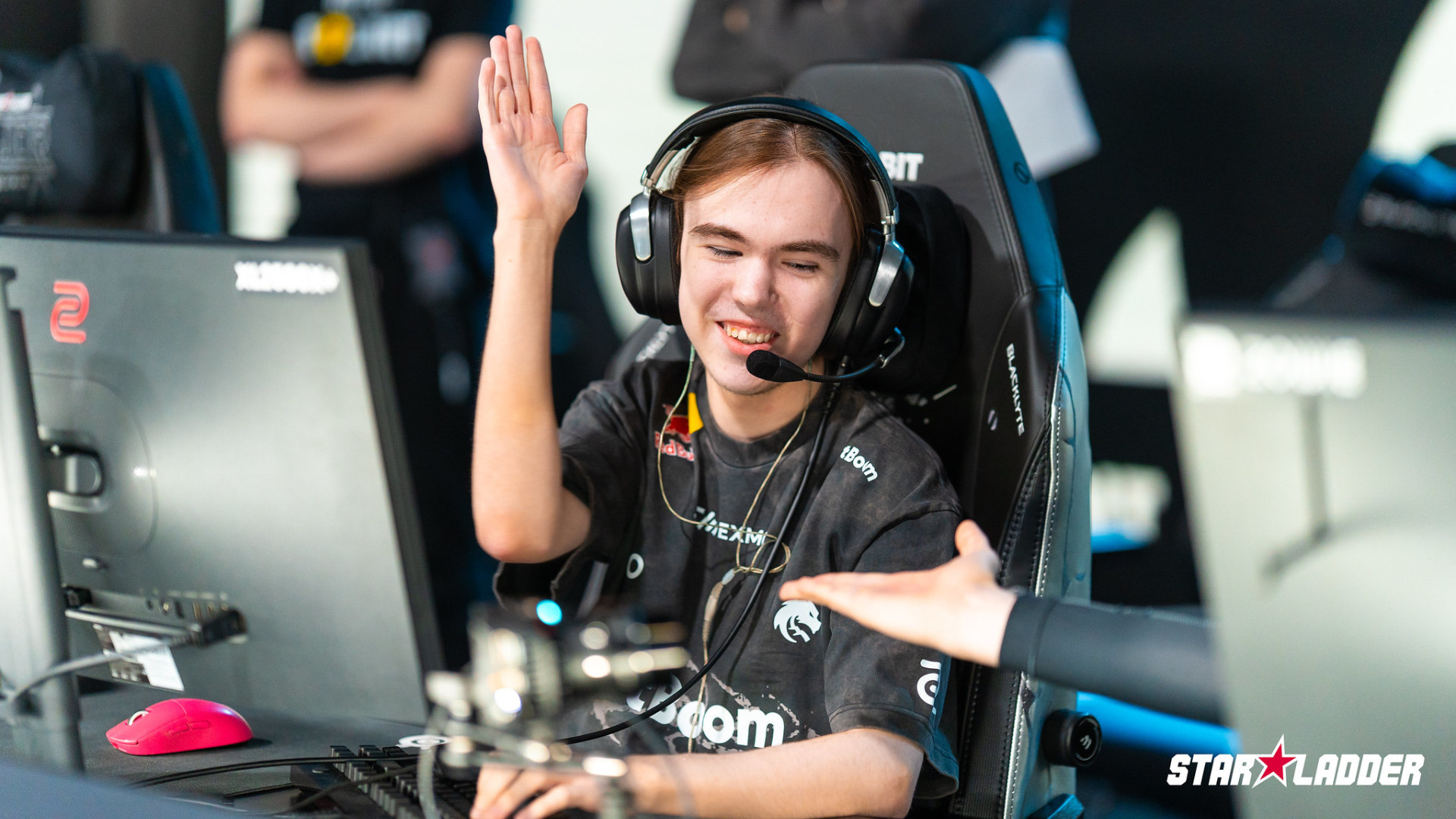
Published: Sep 14, 2023 08:08 am